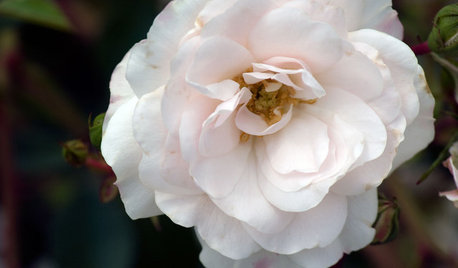I think I have rose rosette disease on a rose.
marymook
8 years ago
Featured Answer
Sort by:Oldest
Comments (17)
Related Professionals
Bridgetown Landscape Architects & Landscape Designers · Summit Landscape Architects & Landscape Designers · Wakefield Landscape Contractors · Bowie Landscape Contractors · Brandon Landscape Contractors · Canton Landscape Contractors · Hickory Hills Landscape Contractors · Lakewood Landscape Contractors · Matteson Landscape Contractors · Oak Forest Landscape Contractors · Oak Harbor Landscape Contractors · Overland Park Landscape Contractors · Oviedo Landscape Contractors · Shirley Landscape Contractors · Tehachapi Landscape Contractorsmarymook
8 years agomarymook
8 years agomarymook
8 years agoingrid_vc so. CA zone 9
8 years agoPatty W. zone 5a Illinois
8 years agobraverichard (6a, North MO)
8 years agomarymook
8 years agostillanntn6b
8 years agoPatty W. zone 5a Illinois
8 years agobraverichard (6a, North MO)
8 years agohenry_kuska
8 years ago
Related Stories

GARDENING GUIDESLearn the Secret to Bigger and Better Roses
Grow beautiful roses using both ordinary and unusual soil amendments
Full Story
GARDENING GUIDESWhat Kind of Roses Should You Grow?
Want to add the beauty of roses to your garden? Find out which ones, from old-fashioned to modern, are right for you
Full Story
GARDENING GUIDESGreat Design Plant: Knock Out Roses
As glorious as their high-maintenance kin for a fraction of the work, Knock Out roses make even beginners look like garden stars
Full Story
GARDENING GUIDES5 Sweet to Spirited Pink Roses for an Enchanting Garden
Whether you go demure or daring, there's a pink rose here to make you flush with garden pride
Full Story
PLANTING IDEASGreat Garden Combo: Rose + Clematis for Small-Space Impact
We all need somebody to lean on. And when a rose supports a climbing vine, the results can totally transform a small garden
Full Story
GARDENING GUIDES6 Wonderfully Easy Roses for Any Gardener
Look like an expert even if you're just starting out, with these low-maintenance gems of the rose world
Full Story
GARDENING GUIDESRoses: Crowning Touch of Gardens
Whether you're the Miss or Mister America of gardening or take a hands-off approach, roses can be a winning addition to your landscape
Full Story
GARDENING GUIDES5 Favorite White Roses for a Purely Beautiful Garden
How does your garden glow? With roses that look like light and smell divine
Full Story
LANDSCAPE DESIGNMake Your Roses Even More Beautiful With These Companion Plants
Nourish your rosebushes and create a visual feast with these 7 classic and unexpected plant pairings
Full Story













Patty W. zone 5a Illinois